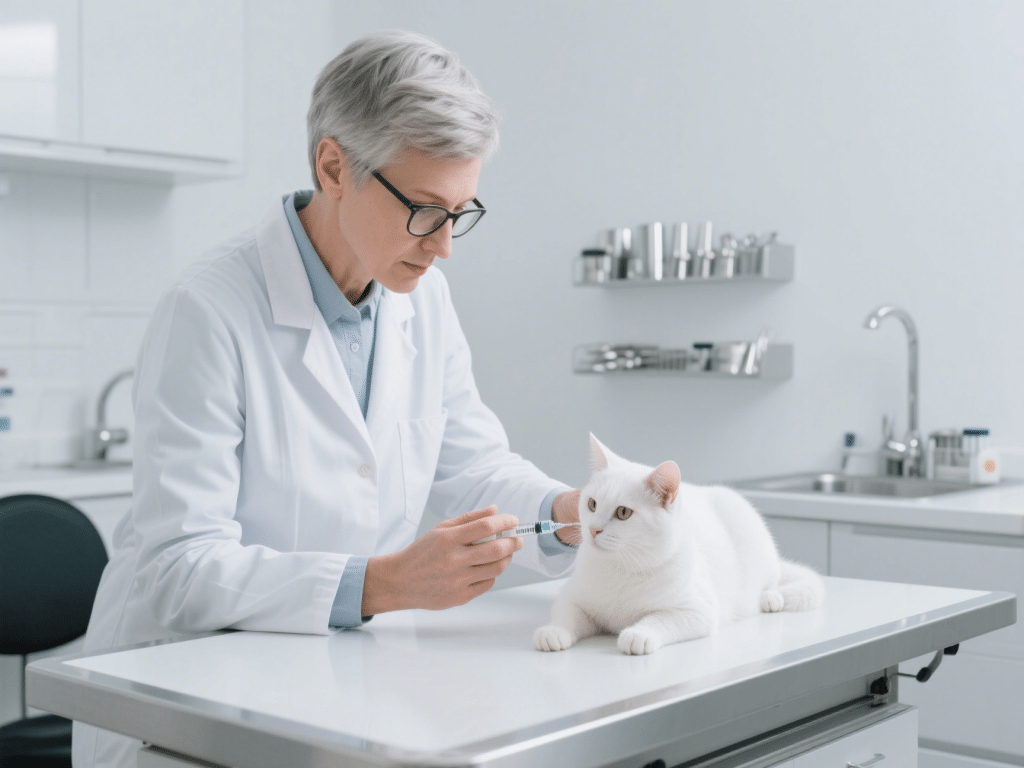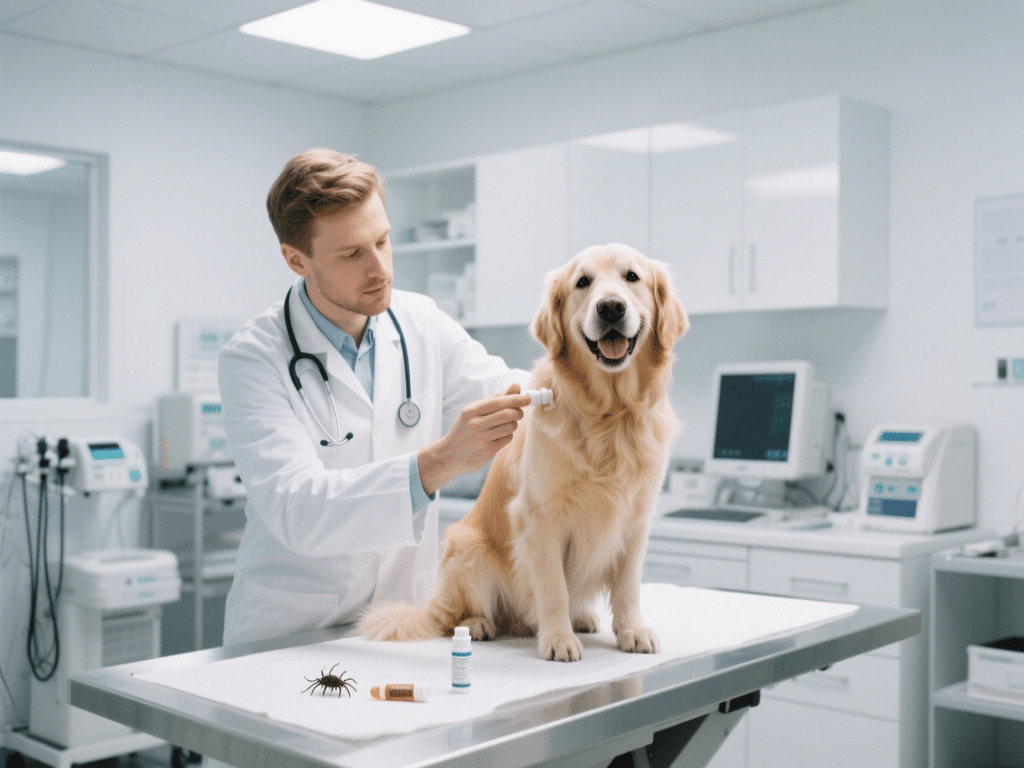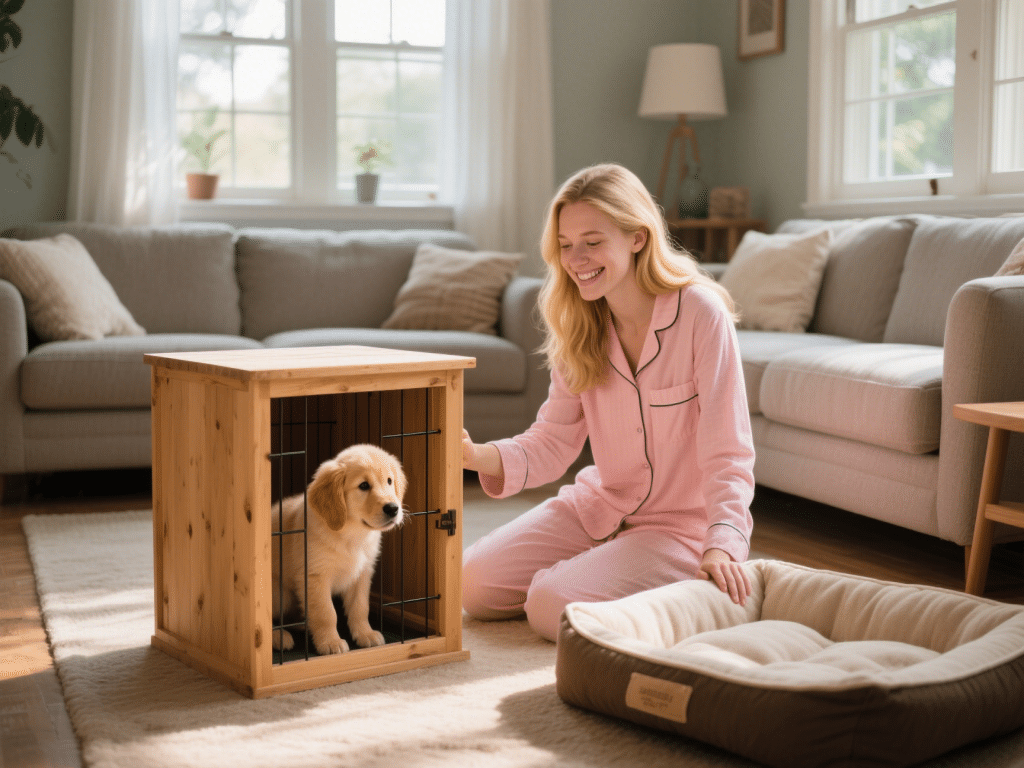Introduction
Ensuring your cat receives timely vaccinations is one of the most important steps in safeguarding its long-term health. Vaccinations protect against severe infectious diseases, reduce the spread of pathogens, and contribute to a longer, happier life for your feline companion. This guide offers a clear, step-by-step vaccination schedule, explains which vaccines are considered core versus non-core, and provides practical recommendations to ensure your cat’s immunizations are administered effectively.
Why Vaccines Are Important
Cats are susceptible to a variety of contagious and potentially life-threatening diseases. Even indoor cats can face risks if other animals enter the home or if pathogens hitch a ride on clothing and shoes. Vaccination works by stimulating the cat’s immune system to recognize and fight specific pathogens before they cause disease.
Preventing Severe Illness: Core vaccinations defend against fatal illnesses such as panleukopenia (feline distemper), rabies, and feline viral rhinotracheitis (upper respiratory infections).
Reducing Transmission: When a large proportion of the cat population is vaccinated, the overall incidence of disease drops, decreasing the chance of outbreaks.
Cost-Effectiveness: Treating a vaccine-preventable disease can be far more expensive and stressful than routine immunizations.
Core Vaccines and Recommended Timing
Core vaccines are those deemed essential for all cats, regardless of lifestyle or geographic location. Veterinary guidelines recommend the following core immunizations:
Feline Panleukopenia (FPV):
Also Known As: Feline distemper
Importance: Highly contagious and often fatal.
Schedule:
First Dose: 6–8 weeks of age
Booster 1: 10–12 weeks of age
Booster 2: 14–16 weeks of age
Adult Booster: One year after the initial series, then every three years.
Feline Rhinotracheitis Virus (FHV-1) and Calicivirus (FCV):
Also Known As: Feline viral upper respiratory disease
Importance: Common cause of chronic sneezing, conjunctivitis, and pneumonia.
Schedule:
First Dose: 6–8 weeks of age (FPV, FHV-1, FCV often combined in a single “FVRCP” vaccine)
Boosters: As per FPV schedule (10–12 weeks; 14–16 weeks)
Adult Booster: One year after initial series, then every three years.
Rabies Virus:
Importance: Zoonotic disease; required by law in many regions.
Schedule:
First Dose: 12–16 weeks of age (depending on local regulations)
Booster: One year later, then every one to three years (following manufacturer guidelines and local law).
Non-Core Vaccines and Considerations
Non-core vaccines are recommended based on individual risk factors, lifestyle, and geographic prevalence:
Feline Leukemia Virus (FeLV):
Importance: Highly contagious; leads to immunosuppression and cancers.
Recommended For: Kittens (all should be tested before vaccination), outdoor cats, or multi-cat households where infection status may be unknown.
Schedule:
First Dose: 8 weeks of age
Booster: 12 weeks of age
Adult Booster: Annually if risk factors persist.
Bordetella bronchiseptica:
Importance: Causes kennel cough–like symptoms; less common but relevant in catteries or shelters.
Recommended For: Cats with boarding, grooming, or shelter exposure.
Schedule:
First Dose: 8–10 weeks of age (intranasal or injectable)
Booster: Annually for high-risk cats.
Chlamydia felis:
Importance: Can cause conjunctivitis and respiratory illness; typically included in “combo” vaccines.
Recommended For: Catteries or multi-cat environments with known exposure.
Schedule:
First Dose: 8–10 weeks of age
Booster: 3–4 weeks later, then annually if risk remains high.
Vaccination Schedule by Age
Below is a consolidated timeline. Always consult your veterinarian to customize the schedule based on your cat’s health, local disease prevalence, and previous immunization history.
| Age Range | Vaccine(s) |
|---|---|
| 6–8 weeks | FVRCP (FPV, FHV-1, FCV) – First dose |
| 8–10 weeks | FeLV (if high risk), Bordetella (if high risk), FVRCP – Booster (as needed) |
| 10–12 weeks | FVRCP – Second dose |
| 12–16 weeks | Rabies (as per local law); FeLV – Booster, Chlamydia (if high risk) |
| 14–16 weeks | FVRCP – Third dose |
| 1 year | FVRCP – Booster, Rabies – Booster (if applicable), FeLV – Booster (if high risk) |
| Every 1–3 years | Rabies – Booster (as mandated), FVRCP – Booster, FeLV – Booster (if high risk) |
Note: Some veterinary practices combine certain vaccines into a single injection. This can reduce stress but always confirm which antigens are included in each combination vaccine.
Preparing for Vaccination Visits
Proper preparation can reduce stress for both you and your cat, ensuring smoother appointments:
Familiarize Your Cat with the Carrier:
Leave the carrier open at home with soft bedding and treats.
Encourage short, positive “carrier sessions” so the cat associates it with comfort rather than fear.
Schedule During Calm Clinic Hours:
Early morning or late afternoon visits often have fewer other pets present.
Ask your veterinarian if they offer “cat-only” appointment blocks to minimize contact with dogs.
Bring Relevant Medical Records:
If visiting a new clinic, bring a copy of previous vaccination records.
Note any past adverse reactions, ongoing medications, or recent illnesses.
Monitor Post-Vaccine Behavior:
Mild lethargy, decreased appetite, or mild fever (under 103°F/39.4°C) may occur.
Contact your veterinarian if symptoms persist beyond 24 hours or if severe swelling, vomiting, or difficulty breathing develops.
Tips for Ensuring Compliance and Safety
Maintain a Written Record: Keep a dedicated vaccination log (paper or digital) noting dates, vaccine brands, lot numbers, and injection sites. This avoids overdosing or missing boosters.
Use Reminder Tools: Set calendar alerts or subscribe to clinic reminders via text or email.
Assess Lifestyle Changes Annually: If your cat transitions from indoor-only to outdoor access (or vice versa), re-evaluate which non-core vaccines are necessary.
Nutrition and Stress Management: A well-balanced diet and an enriched home environment support a robust immune response.
Discuss Alternative Vaccination Protocols: Some veterinarians now recommend titer testing (blood tests that measure antibody levels) in adult cats to determine whether boosters are needed rather than administering fixed-interval vaccines.
Conclusion
A comprehensive vaccination schedule is a cornerstone of preventive feline healthcare. By following the recommended timeline—starting in kittenhood and continuing with appropriate boosters—you can protect your cat against serious infectious diseases. Regular consultations with your veterinarian will ensure that vaccination protocols are tailored to your cat’s evolving lifestyle and risk factors. With diligent record-keeping, proper preparation, and awareness of post-vaccination care, you’ll contribute significantly to your cat’s long-term well-being and happiness.










Comments on " Comprehensive Cat Vaccination Schedule for Your Furry Friend" :